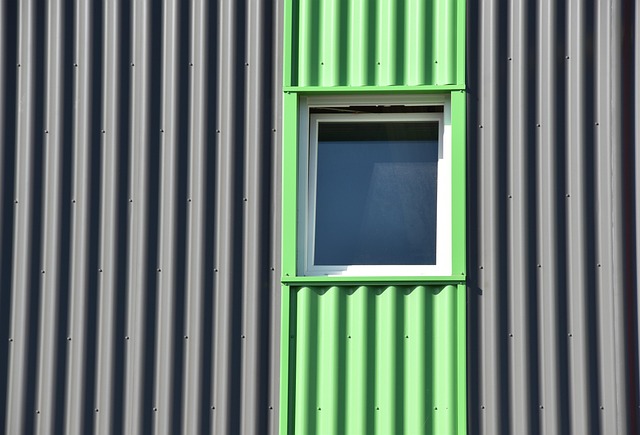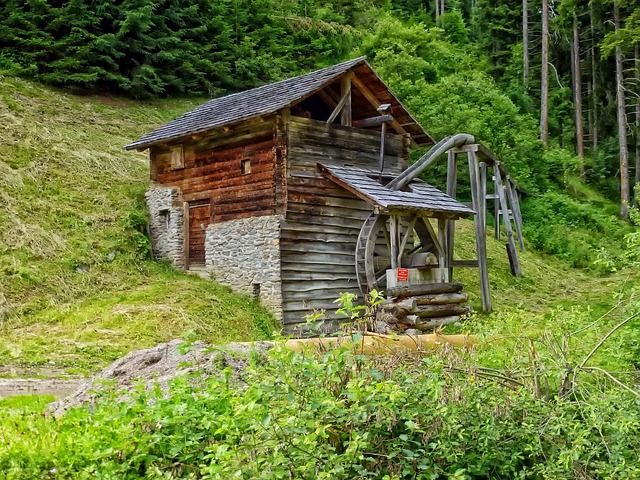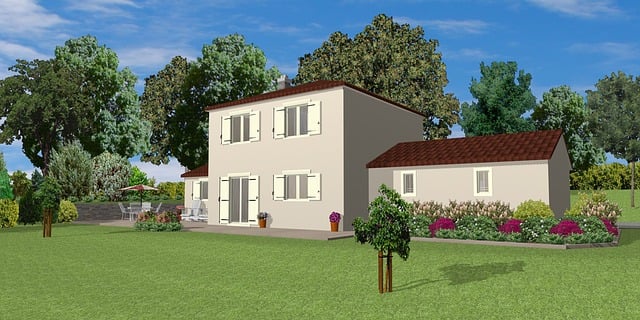The construction industry is transitioning towards eco-friendly materials like bamboo, recycled steel, and biodegradable plastics to reduce its significant environmental impact in real estate development, including carbon emissions, deforestation, and energy consumption. This shift, driven by consumer demand for sustainable living and market appeal through certifications like LEED, offers long-term cost savings due to reduced energy consumption. Sustainable practices in real estate are essential strategies to combat climate change, decrease carbon footprints, enhance air quality, and promote harmony between buildings and nature.
In the realm of real estate, the choice of construction materials significantly influences our planet’s health. Traditional options contribute to environmental degradation, prompting a shift towards eco-friendly alternatives. This article explores the profound impact of sustainable practices in real estate development, focusing on materials that lower carbon emissions and minimize ecological damage. From understanding the environmental cost of conventional methods to uncovering innovative green solutions, we delve into strategies to create a more sustainable built environment.
Understanding the Environmental Impact of Traditional Construction Materials

The construction industry has long relied on traditional materials like concrete, steel, and wood, driving significant environmental impact in real estate development. These materials contribute to carbon emissions during their production and transportation, deforestation for timber, and excessive energy consumption. Additionally, their disposal at the end of a building’s life cycle further exacerbates the ecological burden.
Understanding these adverse effects has prompted a shift towards eco-friendly alternatives. Sustainable construction materials offer a promising solution in the quest to reduce the environmental impact of real estate. By opting for options like bamboo, recycled steel, and biodegradable plastics, builders can create structures with lower carbon footprints while also promoting a more harmonious relationship between buildings and the natural environment.
Exploring Eco-Friendly Alternatives in Real Estate Development

In the real estate industry, there’s a growing trend towards embracing eco-friendly materials and practices to lower environmental impact. Developers are exploring alternatives that not only reduce carbon footprints but also offer enhanced sustainability and health benefits for occupants. Innovations such as recycled or biodegradable construction materials, energy-efficient systems, and green roofing solutions are reshaping the sector.
These developments cater to increasing consumer demand for environmentally conscious living spaces. By integrating these eco-friendly practices, real estate projects can achieve certifications like LEED (Leadership in Energy and Environmental Design), enhancing their market appeal. Moreover, these alternatives often provide long-term cost savings through reduced energy consumption and lower maintenance requirements.
The Role of Sustainable Practices in Reducing Carbon Footprint of Buildings and Communities

In the pursuit of a sustainable future, real estate plays a pivotal role in shaping our environmental landscape. Sustainable practices within the industry are no longer merely trends but essential strategies to combat climate change. One of the most significant impacts lies in the ability of eco-friendly materials to reduce the carbon footprint of buildings and communities. By adopting these materials, architects and builders can create structures that require less energy for heating, cooling, and lighting, thereby decreasing their overall environmental impact.
Furthermore, sustainable practices extend beyond individual buildings; they influence entire neighborhoods and cities. Green spaces incorporated into urban areas not only enhance aesthetics but also contribute to better air quality and temperature regulation. Communities embracing sustainable real estate developments enjoy improved living environments while actively reducing their collective carbon emissions, marking a significant step towards a greener planet.






